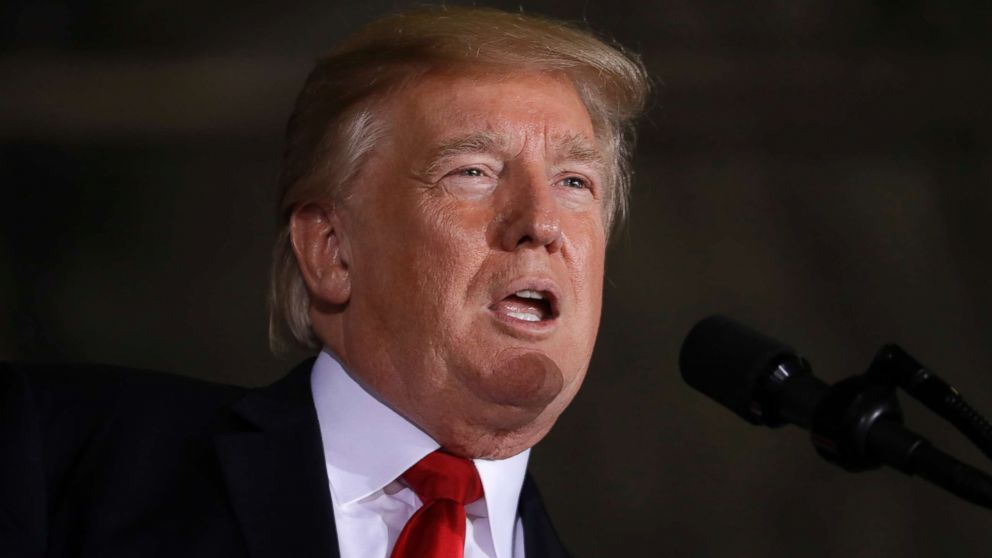Trump's love-hate relationship with the United Nations
— -- President Trump will make his first speech before the United Nations General Assembly on Tuesday. Will he try to bring the world together or sow division? Will he embrace an institution that he previously called weak and incompetent?
His relationship with the global organization is long and complicated.
Trump the candidate: UN ‘not a friend of freedom’
During a March 21, 2016, speech at an American Israel Public Affairs Committee conference, then-candidate Trump issued some of his toughest commentary, speaking of the “utter weakness and incompetence of the United Nations.”
“The United Nations is not a friend of democracy. It’s not a friend to freedom,” he said. “It’s not a friend even to the United States of America, where, as you know, it has its home. And it surely is not a friend to Israel.”
Though a 2016 global attitudes survey by the Pew Research Center showed that 64 percent of Americans had a favorable view of the United Nations, Trump’s campaign promises for a protectionist economic policy and an aggressive approach to China come into conflict with the goals of multilateralism and the U.N. charter. His promotion of interrogation techniques “worse than waterboarding,” his push for a temporary ban on Muslims from entering the U.S. and his decision to pull out of the Paris Climate Accord have also put him at odds with allies at the U.N.
Last December, Trump continued his assault on the institution, tweeting, “The United Nations has such great potential but right now it is just a club for people to get together, talk and have a good time. So sad!”
Trump the real estate magnate: ‘I’m a big fan’ of the UN
In 2005, Trump testified before a congressional subcommittee looking at U.N. spending, calling himself a “big fan of the United Nations and all it stands for.” He told lawmakers the institution was one of the reasons he chose to build Trump World Tower, one of his luxury residential properties, overlooking U.N. headquarters, in 1998.
“If the United Nations weren’t there, perhaps I wouldn’t have built it in that location,” said Trump. “So it means quite a bit to me.” When Trump was planning the building, many U.N. officials, including then–Secretary General Kofi Annan, expressed disapproval of the massive construction project.
Trump’s renovation hopes
At that 2005 hearing, a Senate homeland security and governmental affairs subcommittee was looking at renovations at the U.N. headquarters and estimated development costs for similar projects in New York. Trump had met with U.N. officials to pitch his services, but they were refused. He told members he thought the project could cost $700 million, and he predicted the U.N. would end up spending upward of $3 billion.
“You have to deal in New York City construction to see what tough people are all about,” Trump said at the time. “I listen to these people, and they’re very naive. I respect them, but they’re very naive in this world. I might be naive in their world. But in this world, they’re naive.”
He also said at the 2005 hearing that it was a dream of his to move the United Nations headquarters from the east side of Manhattan to the World Trade Center downtown.
Seven years later, he shared another U.N. preoccupation, tweeting on Oct. 3, 2012, “The cheap 12 inch sq. marble tiles behind speaker at U.N. always bothered me. I will replace with beautiful large marble slabs if they ask me.”
On Tuesday, Trump will address the United Nations General Assembly and the world without his “beautiful large marble slabs” as a backdrop.




